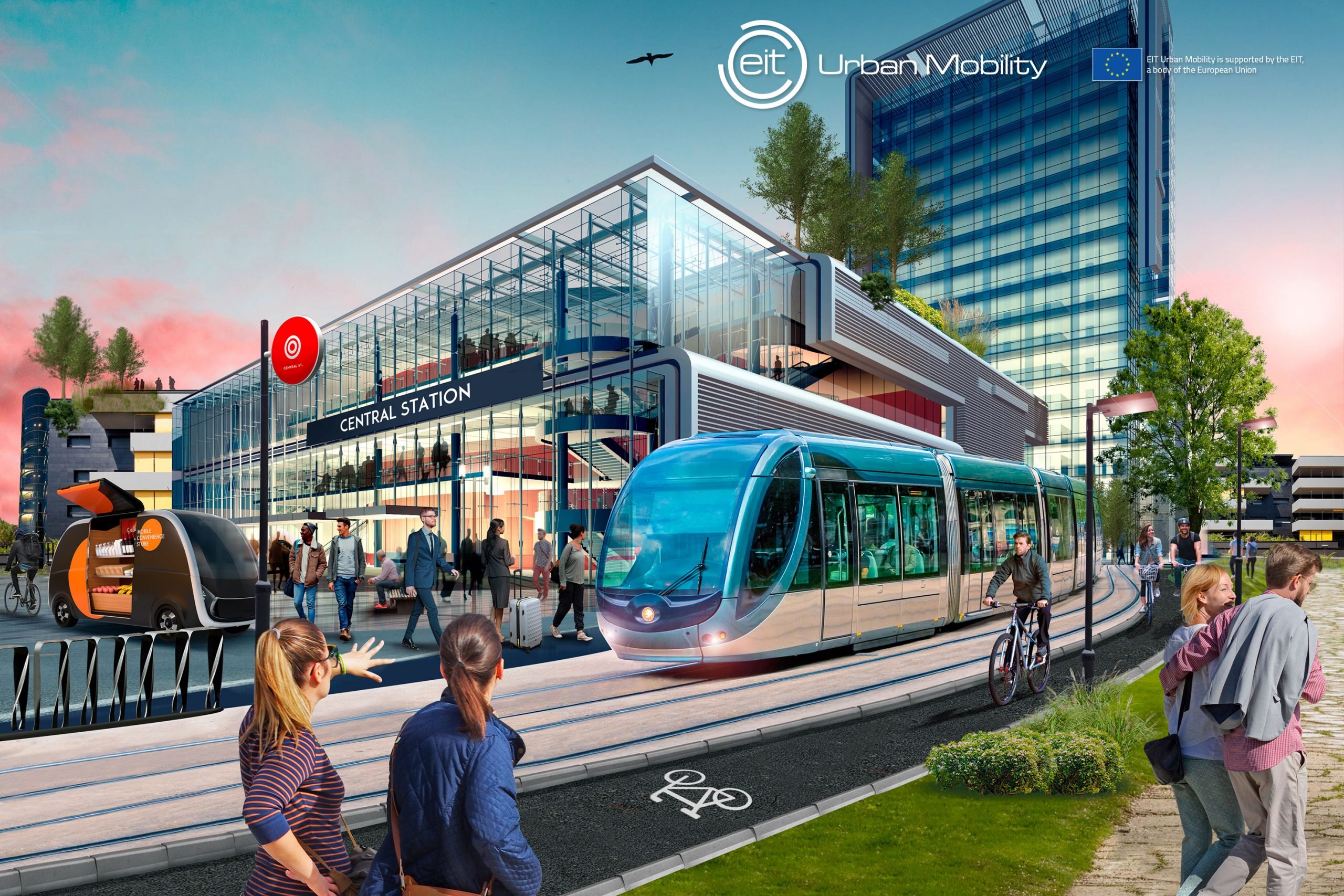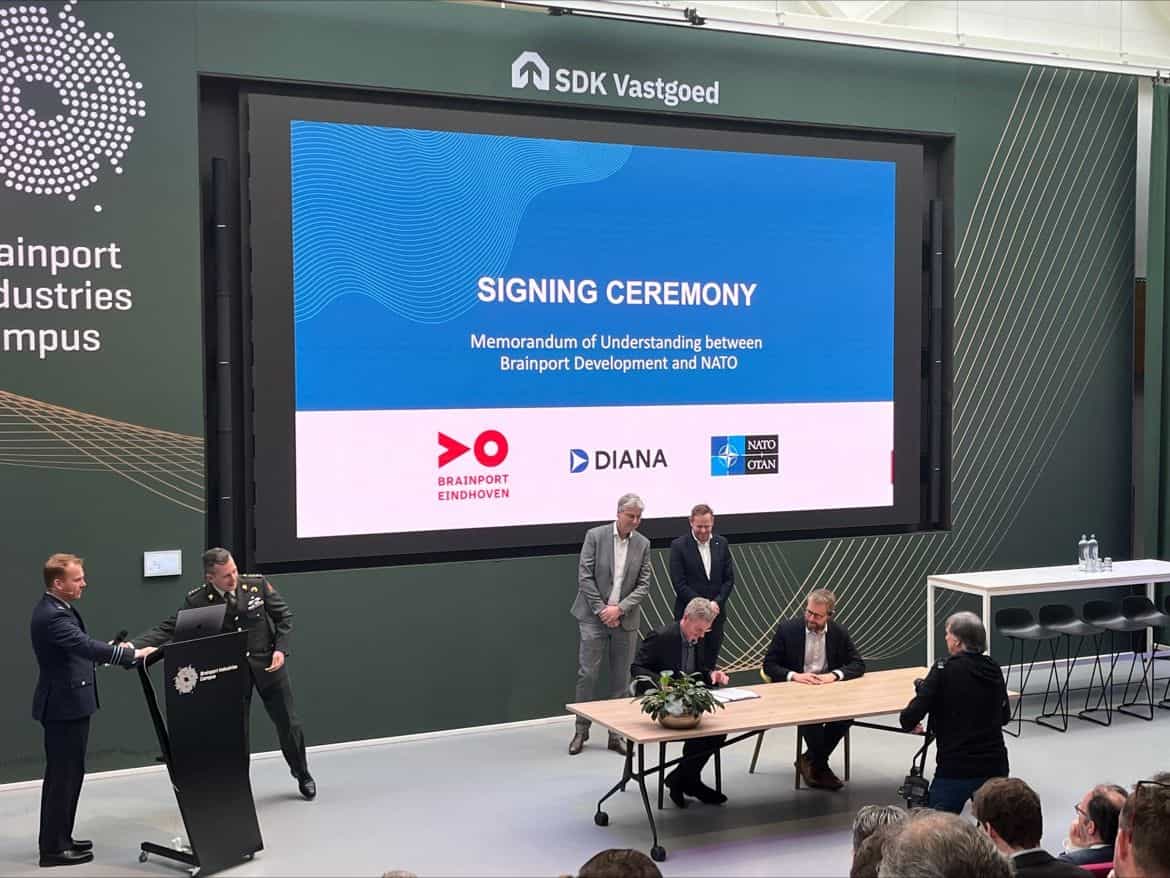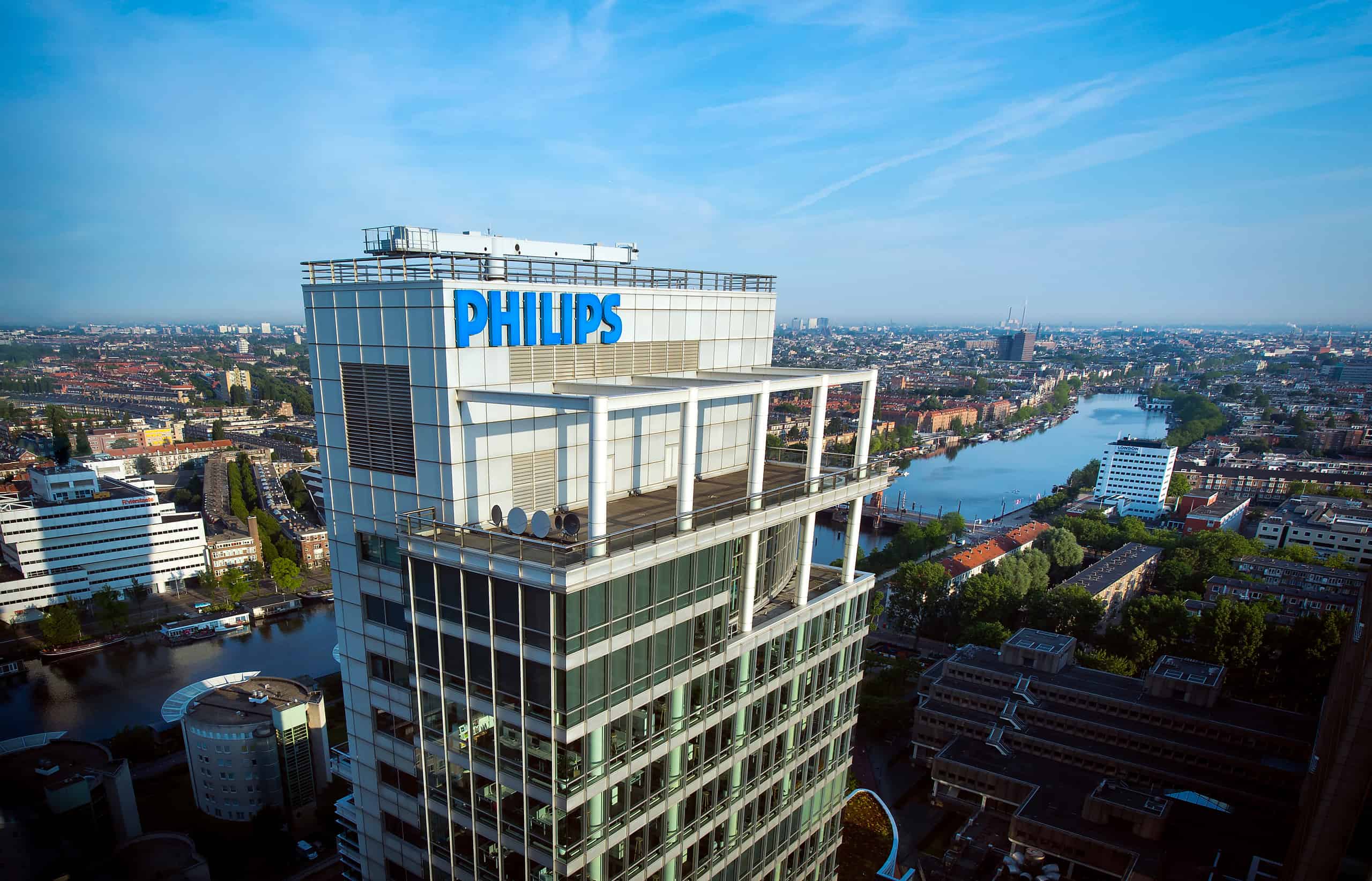
Making mobility sustainable for the whole of Europe is a formidable undertaking. In order to carry out this task, EIT Urban Mobility (European Institute of Technology and Innovation) was recently set up. This organization – whose Innovation Hub West has been on-site at the Automotive Campus in Helmond since May – is working on mobility solutions to improve the quality of life in European cities. Edwin Heesakkers, the newly appointed director of Innovation Hub, talks about the way in which changes are effected in our cities. And also about the challenges that these bring.
Europe at large
The European Union invests in small and large-scale innovative projects in fields such as climate, energy, digitalization, and mobility. The aim of the initiatives is to innovate at a European level in these policy areas and, as a whole, to boost employment. For example, over the next seven years, the EU will make €400 million available for EIT Urban Mobility – the latest program launched under the EIT umbrella – to promote sustainable mobility in Europe’s urban areas. One key aspect of this is the removal of peripheral problems tha affect growth processes.

The knowledge triangle
In order to be awarded the enormous task of implementing European mobility targets, the Mobilus consortium (a collective of fifty partners including European cities, universities, and industrial companies) submitted a proposal back in 2018. This proposal focused on mutual cooperation between cities, businesses, and educational institutions: what is known as ‘the knowledge triangle’. This cooperation proved to be the most worthwhile for European policymakers, and thus paved the way for the establishment of EIT Urban Mobility.
As this is a Europe-wide initiative, the work areas of EIT Urban Mobility will be divided into so-called Innovation Hubs. Edwin Heesakkers has been director of the Innovation Hub West since February. This Hub covers the Netherlands, Belgium, Luxembourg, Northern France, the United Kingdom, and Ireland.
Heesakkers: “Because our innovation programs apply on both a regional and Europe-wide basis, we have also set up a Dutch entity that serves Western Europe. We have four other Innovation Hubs that will be divided over the other European regions. This is also the right approach for pooling regional resources. The effect of this is that the European taxpayer is able to see and experience our projects within those regions.”
Funding
The headquarters of EIT Urban Mobility is situated in Barcelona. This is where projects are assessed and selected for funding. Once an Innovation Hub has been successful with a project, other Hubs can choose to adopt that concept and apply it in different cities.
Incidentally, the amount involved in funding applications is not set in advance. EIT Urban Mobility will only apply for funding for a project after the concept has been approved internally. The concept would then be included in the annual business plan presented by the EIT to the EU. With a view to improving mobility, the organization recently signed a seven-year contract (including the possibility of an extension of the same period) with the EU Board. In addition, EIT Urban Mobility is receiving investment from its own partners and also participates in overarching projects of the European Union.

In practice
This is the work method of EIT Urban Mobility in theory. But what does the work carried out by the Innovation Hub West look like in practice? Edwin Heesakkers explains: “We can only achieve innovation by leveraging our knowledge triangle. However, our focus is also on getting citizens involved in change. That’s the fourth component. Within some policy areas, there is an enormous gulf between policymakers and citizens. In order to tackle this problem, I want to put together programs aimed at involving citizens with innovation and at helping them to shape these changes. EIT Urban Mobility does not define policy, but allows parties to work together to achieve tangible innovation.”
Investment in education
Investment in education is needed in order to achieve this, according to Heesakkers. The academy was set up for this purpose. “The students of today are the consumers, developers, and policymakers of tomorrow. With the aim of advancing knowledge about mobility, EIT’s partner TU/e is now one of the first universities to offer a master’s degree with a focus on urban mobility. Starting with several dozen students, this program incorporates material from existing studies with new elements. The program will offer places to hundreds of new students each year in the future. “Once more, we as the Brainport region are leading the way.”
Business Creation
“One other component of EIT Urban Mobility is Business Creation, i.e. the commercialization of solutions through the creation of start-ups. To this end, EIT Urban Mobility has a model that provides funding and supervision for start-ups, whereby EIT Urban Mobility can also act as a shareholder. Successful initiatives can easily spread to other regions via the hub network this way.”
Automotive Campus
“This is one of the reasons why we moved to the Automotive Campus in Helmond; the hotspot with a long-standing history and unique automotive know-how where everything revolves around advancing mobility. What’s more, the components of our knowledge triangle are abundantly present here. We prefer not to come up with solutions from behind a desk, but want to get together in initiatives that already exist. This is how we can support each other’s strengths, as well as give start-ups the opportunity to establish themselves with us and work on solutions together. That will certainly yield results and also makes things more tangible for the general public.”

Change
Heesakkers has been involved in EIT Urban Mobility for just over two years now. He cites UMOS (Urban Mobility Operating System) as an example of an ongoing innovative project. This is a concept for an open platform that is designed to ensure that residents in a region can instantly check the availability of all on-demand mobility services in their area. Heesakkers: “By making use of this, customers are freed from the hassle of searching for a temporary means of transportation without having to resort to trying all sorts of apps.”
There are plenty of other aspects where mobility can be improved. In cities, more than 50% of public space is occupied by infrastructures such as roads, railways, and parking lots. Yet 70% of Europeans will be living in urban areas in the near future. We are already struggling with too many CO2 emissions, particulate matter, and the other disadvantages of using fossil fuels. This puts considerable pressure on the quality of life within a city and makes the role of mobility even more relevant.
Electric cars are not the solution
“Electric cars are not the solution as they still tend to take up as much space as traditional cars. Yet they can make a difference in terms of energy consumption and storage. Choices have to be made to ensure that cities remain habitable. Over the past fifty years, the car has been at the core of our lives as a means of transport. It has become a symbol of freedom of movement.”
“However, we may wonder whether this might still be the case in the future. More and more cities are choosing to close off sections of the city center to car traffic. And they’re also promoting public transport, walking and cycling so as to make more room available for green areas and physical exercise. EIT Urban Mobility is contributing to these kinds of solutions aimed at improving the quality of life in our cities. Now and in the future.”
Read more about EIT Urban Mobility via this link.
Read more about the Automotive Campus via this link.








